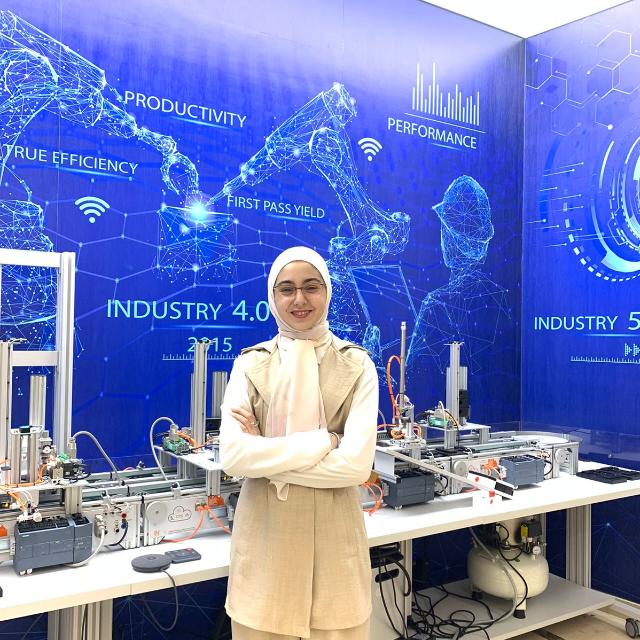The session provided an in-depth exploration of Industry 4.0, the fourth industrial revolution, and its transformative impact on manufacturing processes. It covered the key technologies driving this revolution, including the Internet of Things (IoT), collaborative robots, virtual reality (VR), and the standards necessary for creating a smart factory. This report summarizes the key points discussed in the session.
The Beginning of the Industrial Revolution
The Industrial Revolution began in the late 18th century and marked a major turning point in history. It shifted production from manual labor to machine-based manufacturing, leading to the mass production of goods. The development of steam engines and mechanized tools revolutionized industries such as textiles, iron, and coal mining. Over time, the revolution expanded globally, paving the way for further advancements in technology and automation.
Industry 4.0
Industry 4.0 represents the latest phase in the evolution of industrial processes. It is characterized by the use of smart technologies that connect machines, devices, and systems through digital networks. This phase aims to create highly automated, efficient, and flexible production environments. The primary goal of Industry 4.0 is to integrate the physical and digital worlds, enabling the creation of "smart factories" where production processes are optimized in real-time.
Technologies Used in Industry 4.0
Several key technologies underpin Industry 4.0, including:
Internet of Things (IoT):
IoT involves the use of sensors, devices, and software to connect and exchange data between machines, systems, and humans. In the context of Industry 4.0, IoT enables real-time monitoring of machinery, predictive maintenance, and improved decision-making by providing actionable insights from collected data.
Collaborative Robots (Cobots):
Collaborative robots, or cobots, are designed to work alongside humans on production lines. Unlike traditional robots, which are isolated from human workers for safety, cobots are equipped with sensors and programming that allow them to operate safely in shared spaces. Cobots assist in tasks such as assembly, packaging, and material handling, increasing efficiency and reducing the risk of workplace injuries.
Virtual Reality (VR) in Production Lines:
Virtual reality is used in Industry 4.0 to monitor, control, and simulate production lines. VR enables operators to visualize production processes, test different scenarios, and make adjustments before physical implementation. It also allows for remote training and troubleshooting, enhancing the productivity and effectiveness of workers.
How to Use Virtual Reality to Monitor and Control Production Lines
Virtual reality can be employed to improve the management and control of production lines in several ways:
Simulation and Optimization: VR allows for virtual simulations of production lines, enabling managers to test different configurations and scenarios without disrupting actual operations.
Training and Development: VR is used to train employees in handling machinery, troubleshooting, and safety procedures, providing a risk-free learning environment.
Real-time Monitoring: VR can offer a real-time view of the production line, allowing operators and managers to make quick adjustments and decisions to ensure optimal performance.
Standards for Making a Smart Factory
To establish a smart factory, certain standards and protocols must be followed to ensure seamless integration of technologies and systems. Key standards include:
Communication Protocols: Industry 4.0 requires standardized communication protocols such as OPC UA (Open Platform Communications Unified Architecture) to enable interoperability between devices and machines.
Data Security: Protecting sensitive data and ensuring cybersecurity are essential for the success of a smart factory. Industry standards for data protection must be implemented to prevent unauthorized access and cyberattacks.
Automation and Control Standards: Adopting international standards for automation and control systems ensures that machinery and robots can be safely integrated into the production environment.
Conclusion
Industry 4.0 represents a paradigm shift in the manufacturing sector, driven by advanced technologies like IoT, cobots, VR, and others. By embracing these technologies, businesses can enhance operational efficiency, reduce costs, and create more flexible and adaptive production environments. The establishment of smart factories relies on adhering to industry standards that ensure seamless communication, data security, and system integration. As these technologies continue to evolve, they will further shape the future of industrial manufacturing.
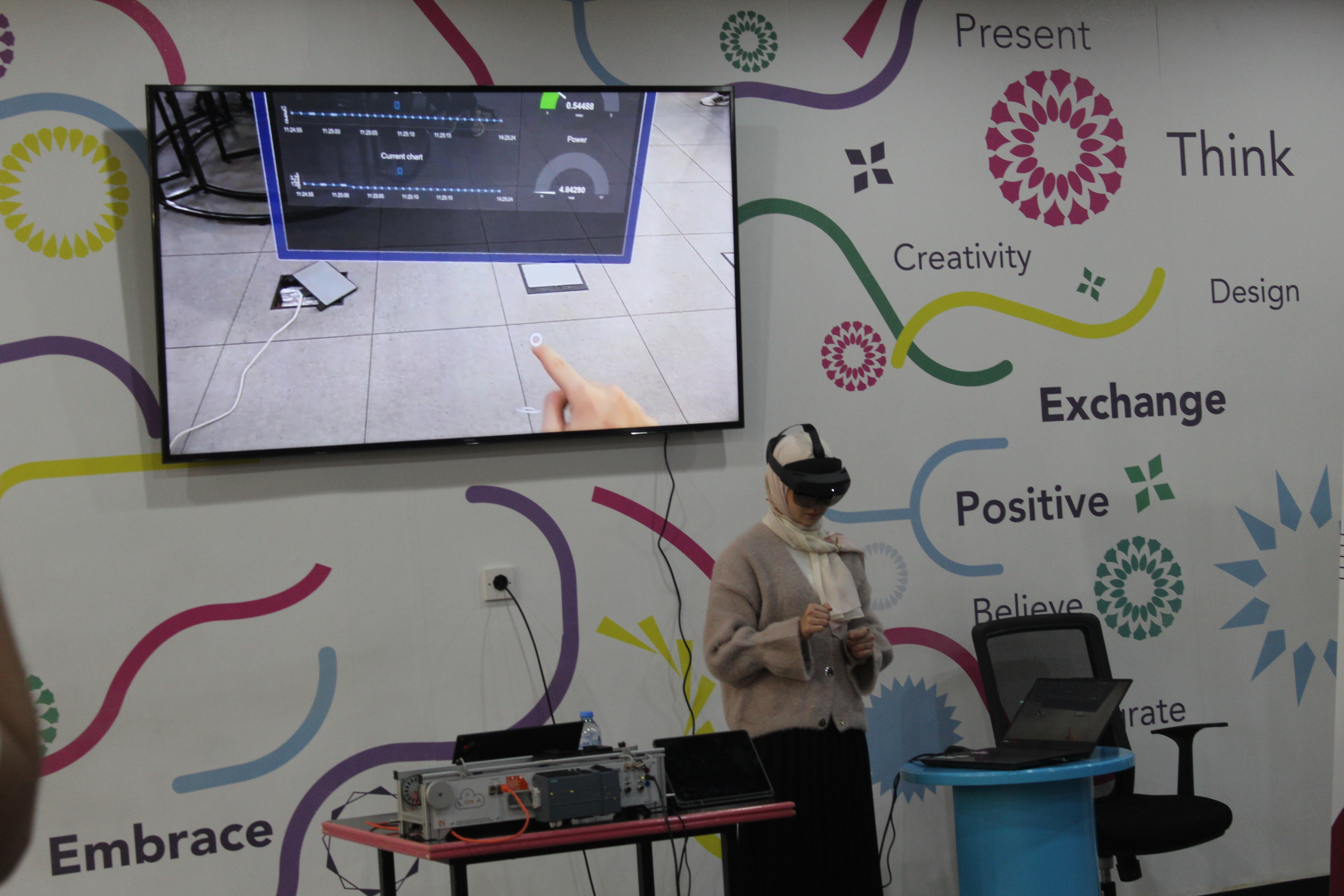
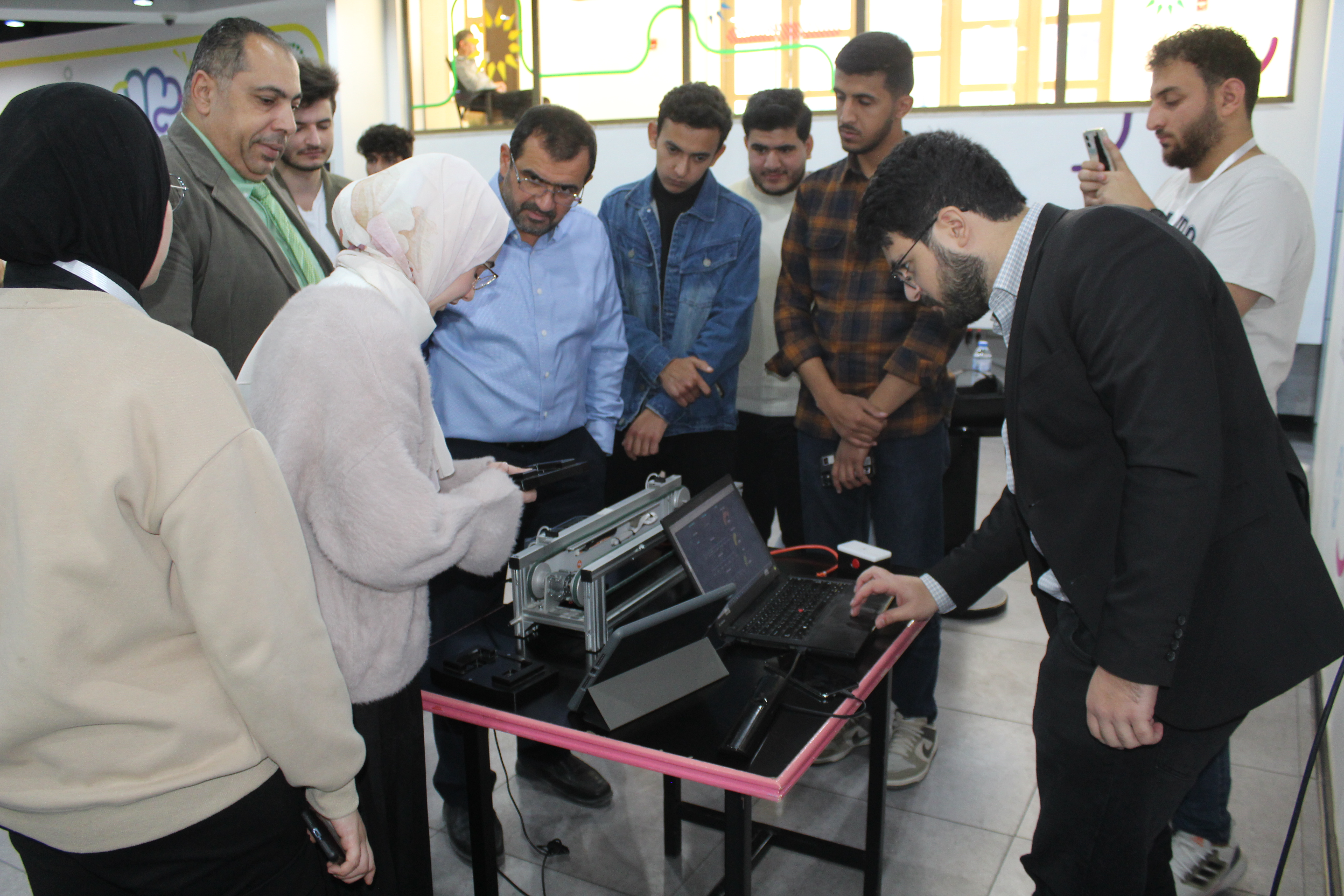
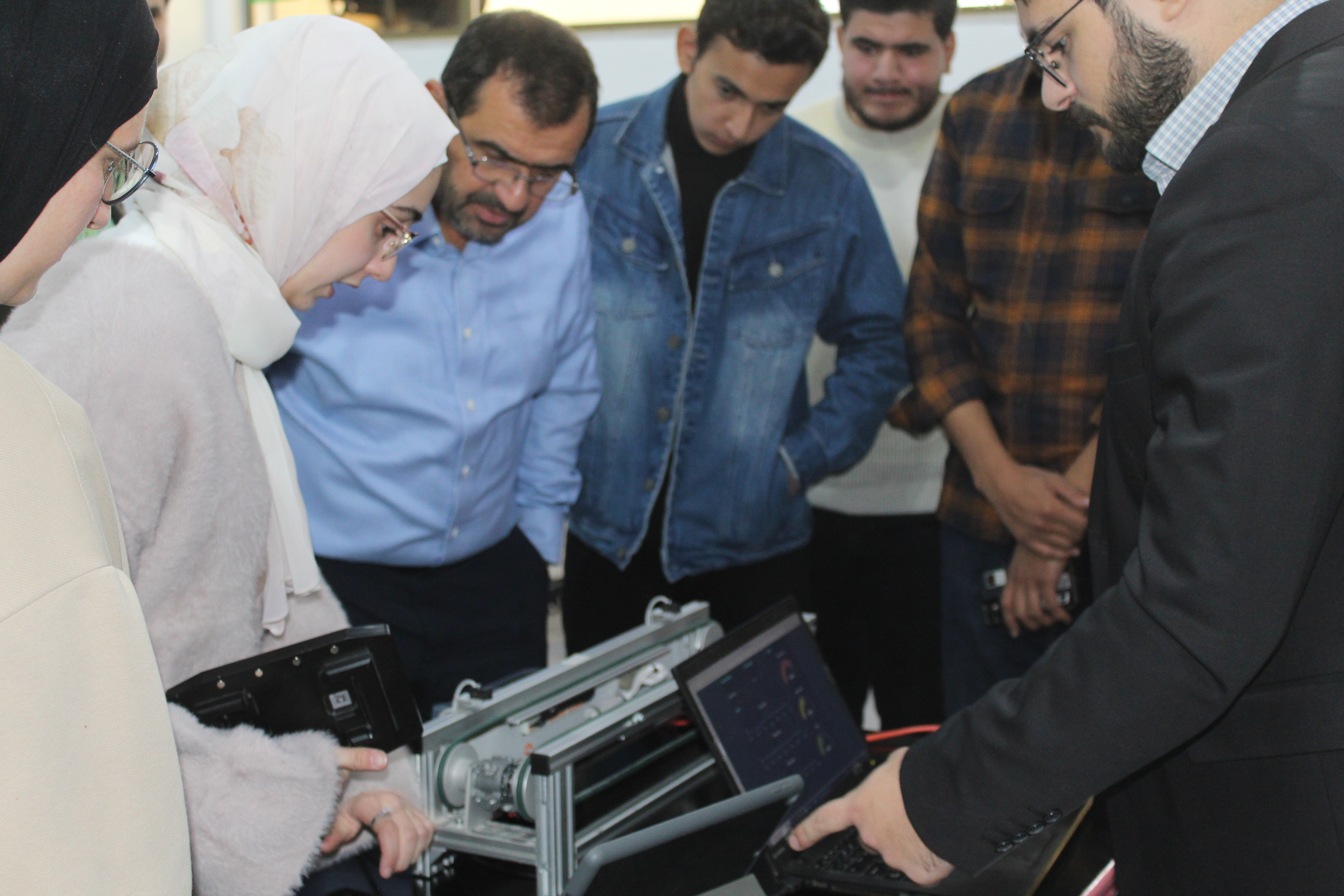
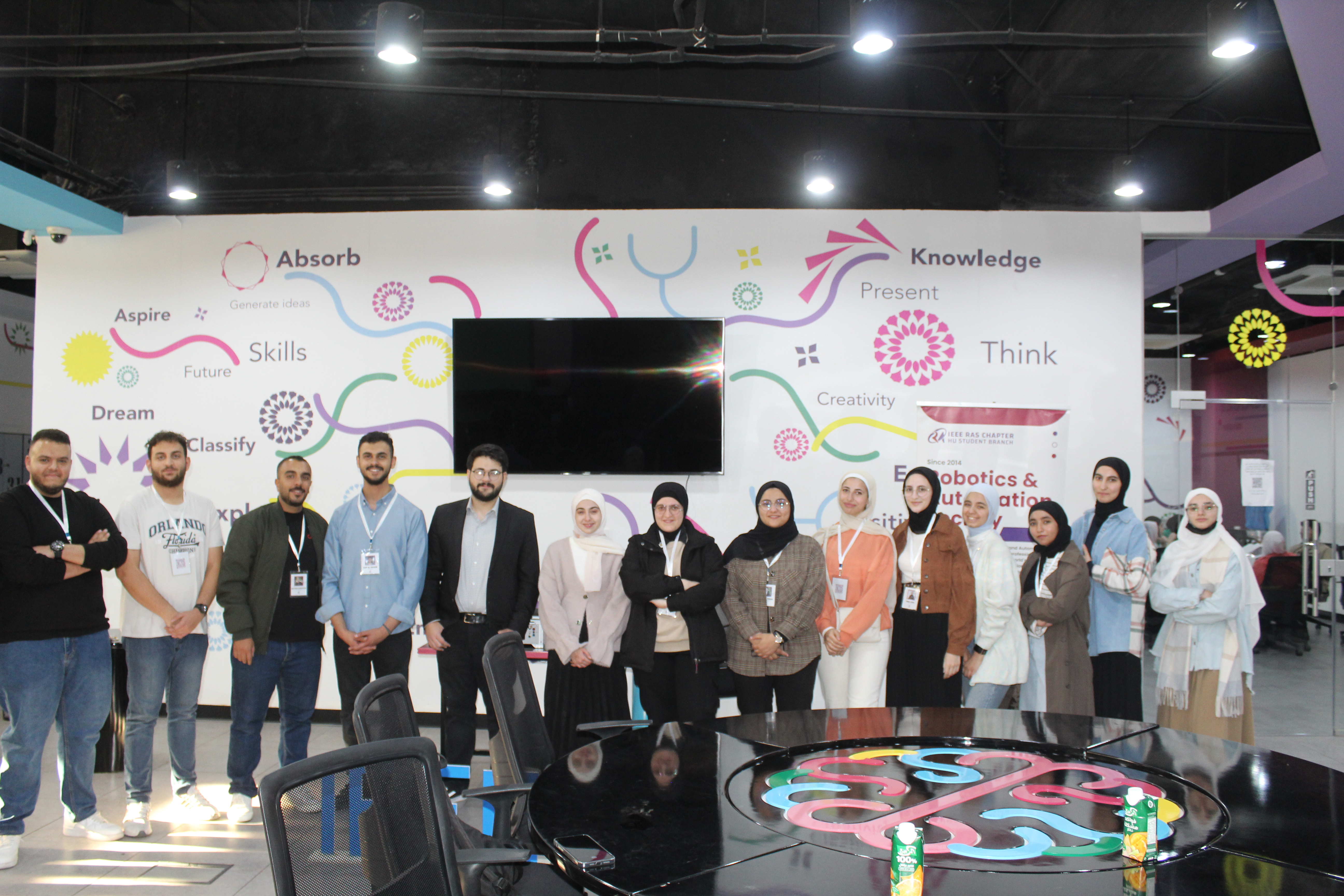
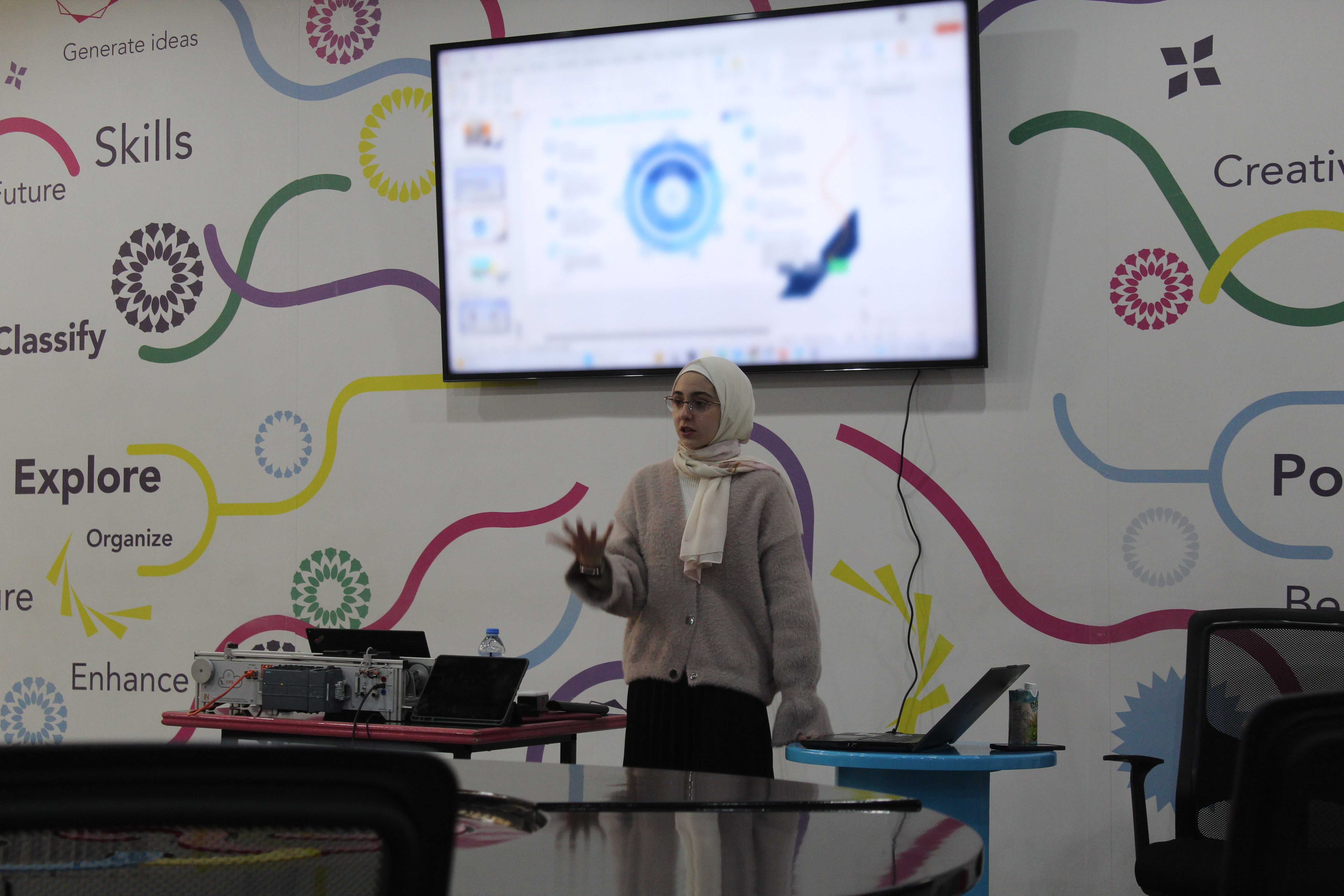
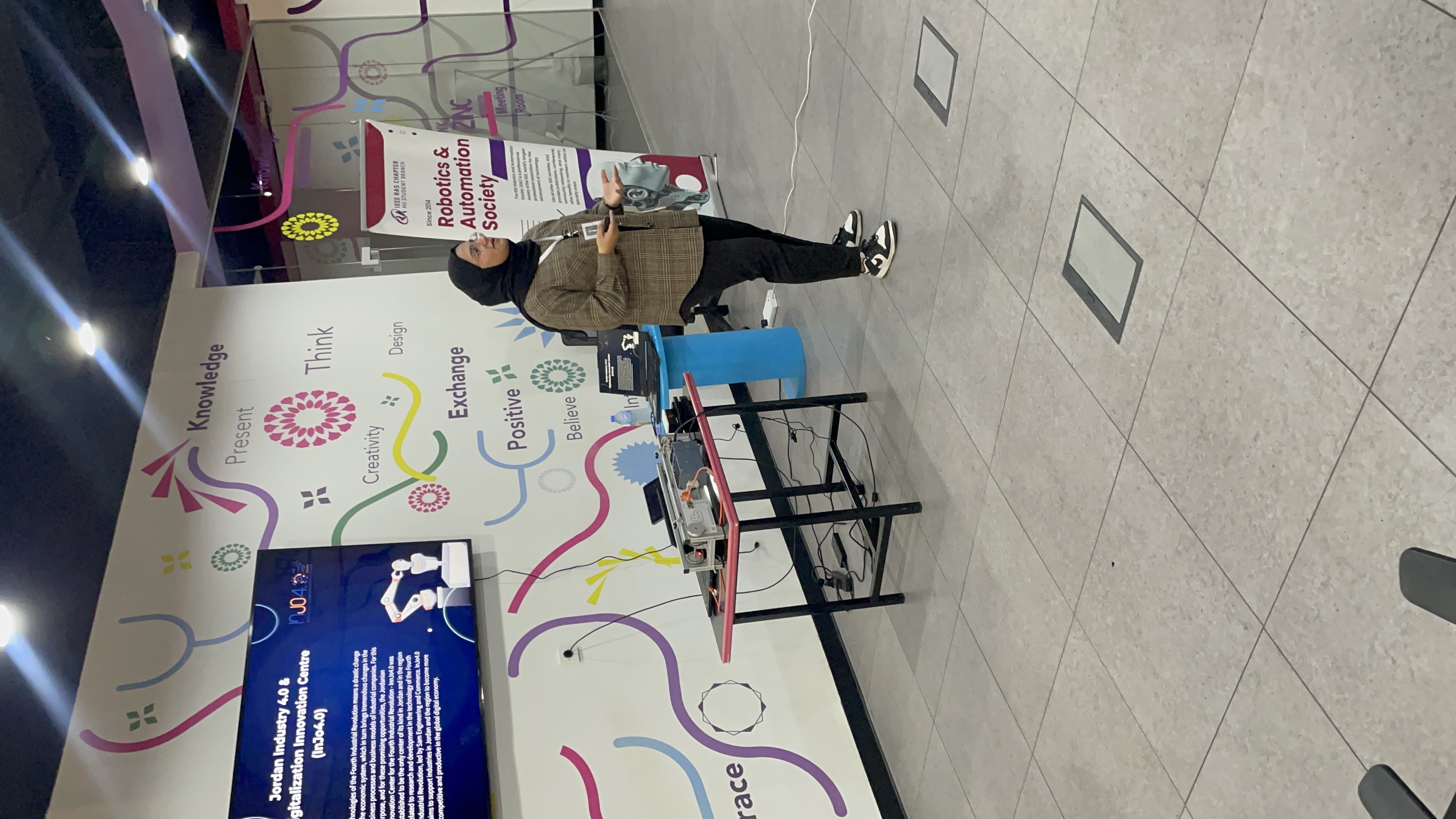
 Add Event to Calendar
Add Event to Calendar







